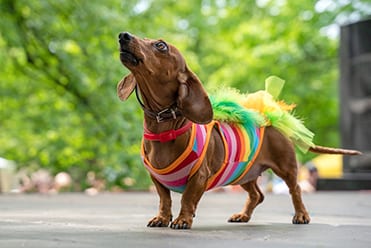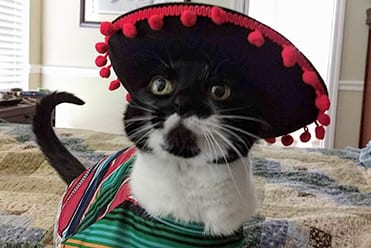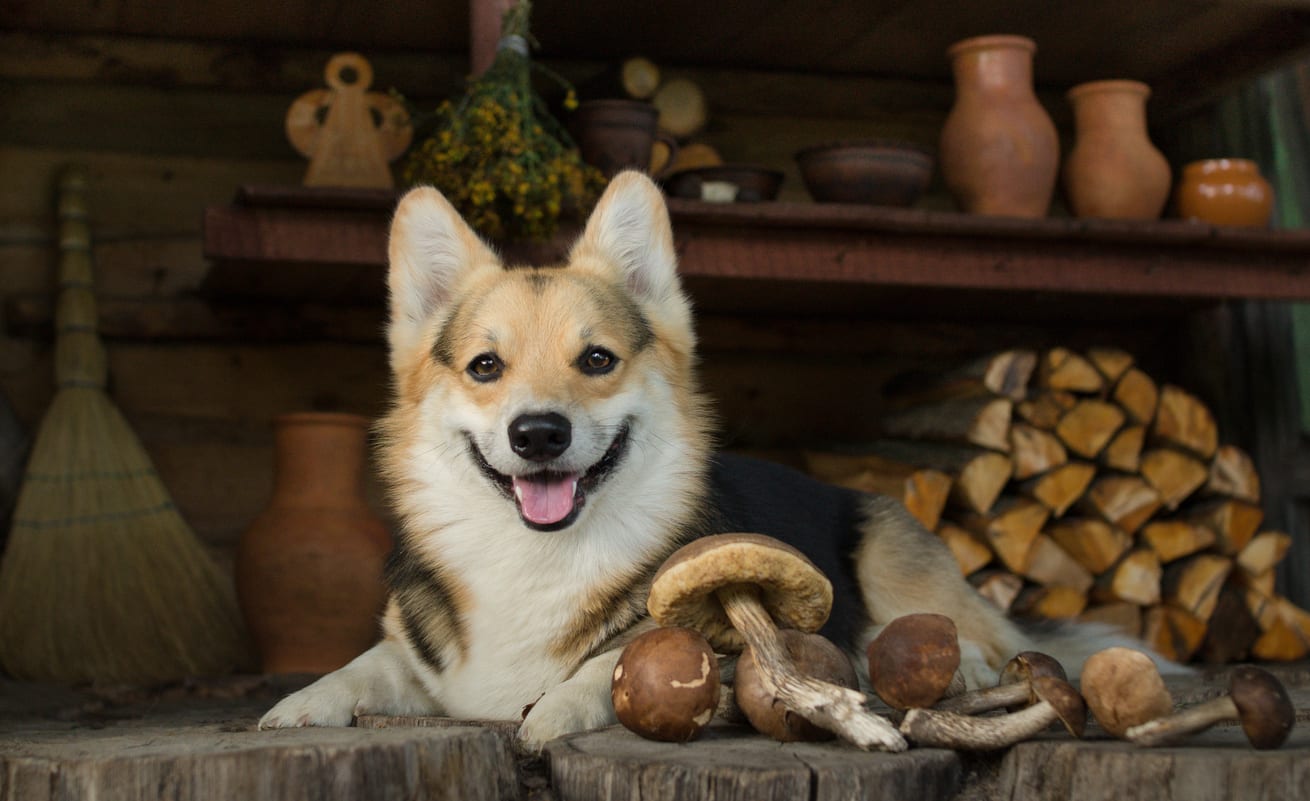Fall Pet Safety in North Charleston, SC
Fall is one of the loveliest times of year. Many of us enjoy more time outside, and our pets are no different! With their thick fur coats, they often welcome the cooler air of fall. Yet, while this season is a favorite of many, it does bring some dangers to our pets. Find out more about the dangers of fall and how you can keep your pet safe throughout the season!
Tips for Staying Safe this Fall
- Beware of ticks. Ticks are most active during the spring and fall, making autumn prime time for tick prevention! Ticks can cause diseases like Lyme disease, and it’s best to avoid them entirely, rather than treat this potentially dangerous illness. Keep up with your pet’s tick prevention all year long—even for indoor pets!
- Avoid mushrooms. Mushrooms will be popping up in this cooler weather and they are a potentially dangerous curiosity to your dog. With their highly sensitive noses and happy- go-lucky natures, dogs could take a chomp out of a mushroom without a second thought. However, mushrooms can be highly toxic, so keep your dog away from mushrooms for their own safety. A strong “leave it” command should do the job if they do come across a fungus or two. To learn more about the dangers of mushrooms, click here.
- Use caution with rodenticides. Critters like mice and rodents will likely try to find a warmer place to pass the winter—like your home or garage. The use of rodenticides can be effective for keeping them out of your home, but these poisons can also be dangerous to pets (and wildlife, like birds of prey). Keep any rodenticides well out of reach of curious noses, or use pet-safe alternatives to ensure your furry friend’s safety.
- Watch out for wildlife. As the days get shorter and the nights get longer, wildlife like foxes, raccoons, opossums, and other creatures will be more active earlier in the evening. If you normally take your walks in the evening, be aware of wildlife so you can avoid a confrontation. Also always have a safe place available for your outdoor cat to retreat to should they need to hide. If your pet ever comes in contact with a wild animal, even if it looks like they haven’t been wounded, it’s important to contact your veterinarian for a check-up and possible rabies booster.
Halloween Pet Safety Tips
- Candy is no treat for pets. Chocolate, nuts, raisins, artificial sweeteners and more candy ingredients are toxic to our pets. Chocolate may contain high cocoa content, which means more caffeine, which can be dangerous. Nuts, especially macadamia nuts, pecans, and almonds, contain lots of fat which could upset your pet’s stomach. Xylitol, a staple in many sugar-free treats, can be deadly. Keep the candy to yourself, and instead make sure you have some pet-safe treats available so your pet can partake in the fun!
- Don’t force a costume. Not all pets enjoy being dressed up, and even those that do need to be supervised when in their costume. Be aware of your pet’s body language when in the costume to look for signs of stress. Many pets prefer to be in their birthday suit for Halloween, maybe with a festive bandana!
- ID your pet. Whether you’re hitting the streets on the prowl for candy, or you’re staying inside to hand out treats, make sure your pet is properly ID’d with a collar and microchip if possible. Pets can easily slip out the door when you open it for trick-or-treaters, and with all the commotion outside, they could escape from your grip on their leash. Play it safe and ID them!
- Give shy pets a quiet place to retreat to. The incessantly ringing doorbell, squeals of fright and delight from children, and scary noises from Halloween tracks can all be a bit much for a shy pet. Be sure that they have a quiet back room with a favorite toy to retreat to, should all the Halloween festivities be too much for them to bear!
Looking for more advice about fall and Halloween pet safety? Contact our animal hospital and we’ll be happy to share our knowledge!
Dr. J. is the best vet that I know of. The crew is awesome.
-Wanda B.




